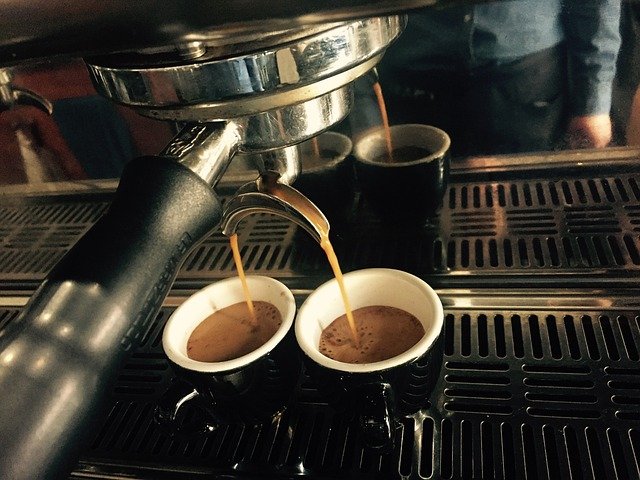Effective Warm-Up and Preinfusion Strategies for Stable Shots
Consistent espresso shots start with two often-overlooked steps: a deliberate warm-up and an intentional preinfusion. Whether you use a home device or a commercial unit, taking time to stabilize temperature, pressure, and electronics pays off in extraction predictability. This article explains practical approaches for different machines and environments.

Getting stable espresso shots depends on controlling physical variables before the puck ever sees high pressure. A measured warm-up brings boilers, group heads, and internal electronics to steady state, while preinfusion primes the coffee bed to reduce channeling and shock. Below are focused strategies you can use at home, in a small store, or when testing portable battery powered units, with notes on digital tools and monitoring to refine consistency.
How does warm-up affect device and electronics?
Warm-up is more than heating water: it stabilizes the device’s thermal mass and the electronics that control pumps and valves. Letting boilers and group heads reach operating temperature ensures that electricity-driven elements behave predictably. For home machines, a 15–30 minute gradual warm-up that cycles a few blanks (flushes) through the group head reduces temperature drift. For equipment with sensitive electronics, stable power delivery and avoiding voltage drops—particularly important if you run other electronics in the same circuit—helps maintain repeatable pump behavior.
Can preinfusion improve consistency for home and budget machines?
Preinfusion targets the puck at low pressure to evenly saturate grounds before full pressure is applied. On budget or entry-level machines, even a short timed preinfusion (2–6 seconds at 2–4 bar) can compensate for less precise pressure profiling. This reduces initial channeling and lets you work with coarser or slightly uneven grinds without sacrificing shot stability. Retail stores with higher throughput can adopt automated preinfusion cycles to cut variability between baristas and shifts.
What role can app development, cloud computing, and digital twin approaches play?
Modern devices can pair with apps for logging and control. App development that supports pressure and temperature graphs helps operators spot drift across shots. Cloud computing and cloud storage enable centralized shot data for multi-unit locations, while a digital twin—a software replica of the machine—can simulate warm-up times and preinfusion parameters before implementing changes. Wearable device alerts or phone notifications can remind staff when a group head reaches stability, and virtual reality training modules can standardize technique for new baristas.
How to adapt warm-up for battery powered or portable units?
Battery powered and portable units used outdoors or for events have different constraints: limited energy, smaller boilers, and variable ambient temperature. For these devices, shorter, targeted warm-up sequences focused on the brew group (rather than maintaining a large boiler) work better. Monitor battery levels and consider adaptive preinfusion that compensates for declining pump performance. When using portable setups alongside other electronics or outdoor camera rigs, isolate connections to prevent voltage sag that could affect pressure during extraction.
Does preinfusion affect shooting, video monitoring, and phone-based feedback?
Documenting shots with phone video or video monitoring can reveal the benefits of different preinfusion schemes. Shooting slow-motion on a phone lets you observe initial flow behavior and detect channeling. Video monitoring tied to a simple scoring rubric—flow symmetry, crema texture, and extraction time—provides objective feedback for tuning preinfusion length and pressure. Stores that use video for training can standardize the visible cues that indicate a well-saturated puck during preinfusion.
How to maintain stable shots in medical equipment contexts and retail environments?
In specialized settings such as medical equipment cafes within hospitals or high-traffic retail stores, consistent performance requires scheduled maintenance and calibration. Magnetic fittings or quick-connects in these environments should be checked regularly for wear; loose connections can introduce variability. Keep spare parts for electronics and pumps on hand, and document maintenance in a shared cloud storage log so technicians can access history. For environments with stricter hygiene or equipment requirements, coordinate with facilities and electrical staff to ensure stable electricity and compliance with any regulations.
Conclusion
A reliable warm-up routine and thoughtful preinfusion routine reduce variability across machines and operators. Whether you manage a home setup, a battery powered portable unit, or multiple devices in a store, combining mechanical best practices with simple digital monitoring—apps, cloud logs, and video feedback—helps you achieve more repeatable, stable shots over time.





